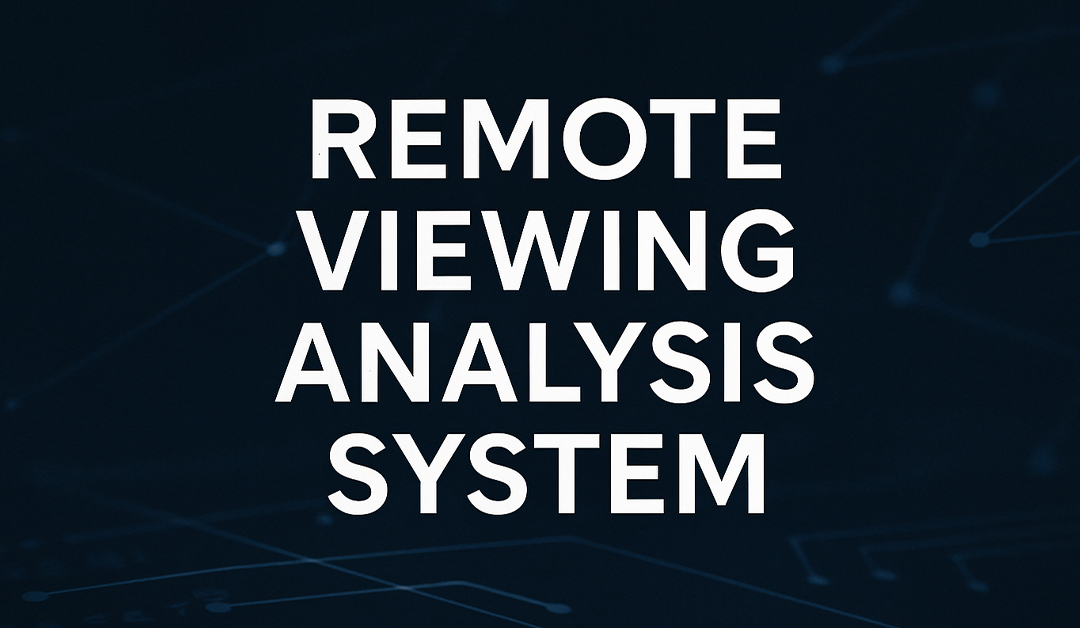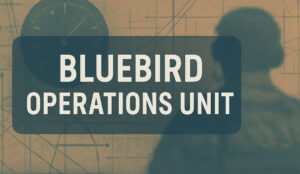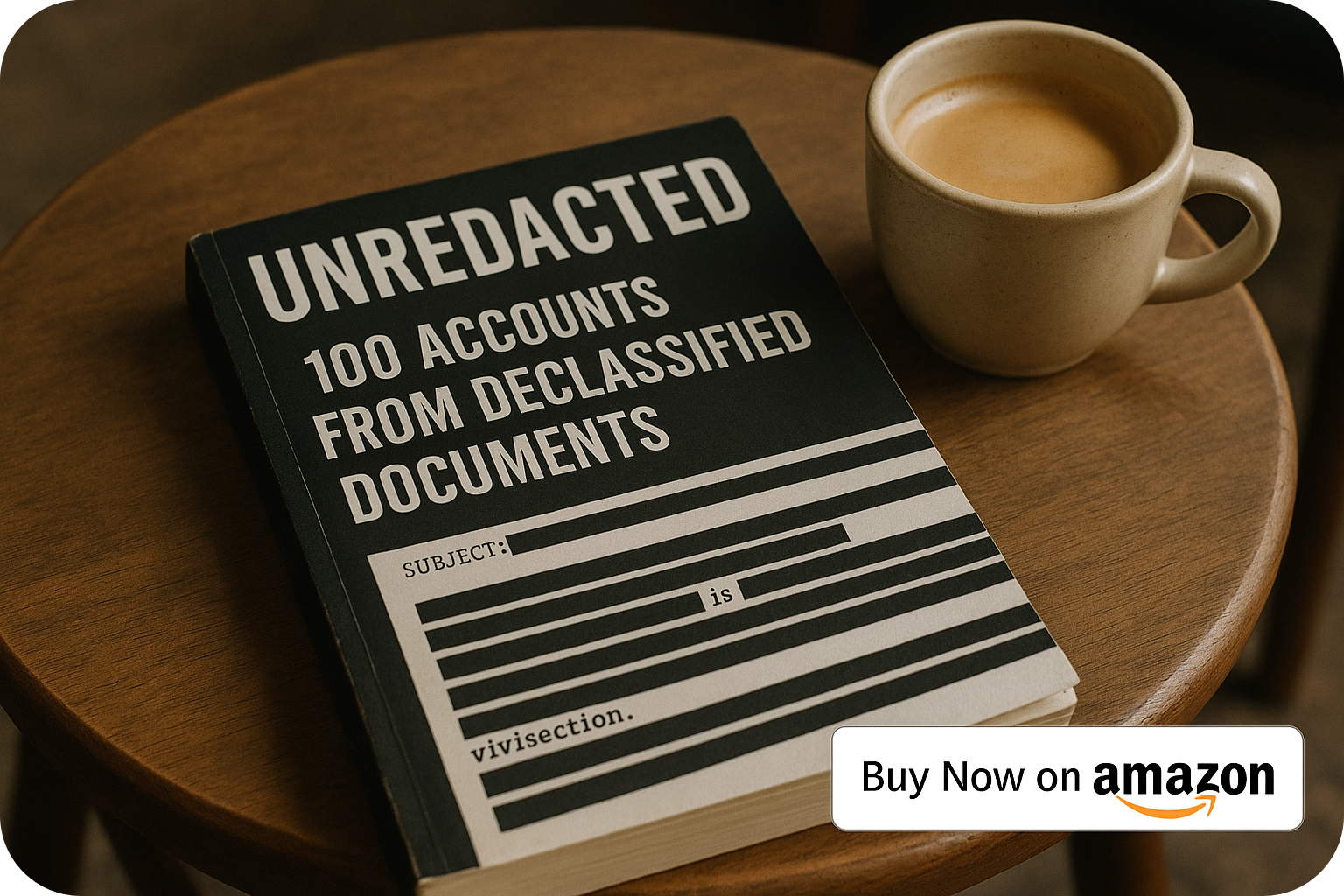A CIA document titled "A Prototype Analysis System for Special Remote Viewing Tasks" reveals an early attempt to formalize how psychic intelligence might be processed, ranked, and interpreted within national security operations.
Although light on technical detail, the paper outlines a structured framework for how remote viewing data could be collected and filtered through standardized criteria-marking a shift from abstract ESP experiments toward something closer to applied intelligence.
This wasn’t about proving psychic ability. It was about building a usable analytical system.
🧭 Moving Toward Operational Use
The document suggests that the CIA was no longer satisfied with raw session transcripts and scattered anecdotal hits.
Instead, they were developing ways to measure data relevance, accuracy, and descriptive usefulness within a defined analytic process.
The goal was not just to observe phenomena, but to create a repeatable structure for interpreting them.
This included plans to:
-
Score viewer impressions for their match to target elements
-
Use comparative matrices to cross-reference accuracy between sessions
-
Introduce confidence rankings to weigh subjective certainty
📊 From Subjective Impressions to Structured Intelligence
Rather than focusing on spectacular psychic moments, the system aimed to capture patterns across time and viewers.
This analytic evolution mirrored more traditional intelligence methodologies-taking vague inputs and refining them into actionable possibilities.
It also hinted at operational goals far beyond curiosity.
With enough refinement, remote viewing could potentially be scaled-not just as a one-off experiment, but as a functional input stream for field operations.
🗂️ The Shift from Experiment to Application
This prototype analysis system reflects a pivotal moment in CIA parapsychology research: the turn toward application.
No longer just tracking what remote viewers "saw," the agency began considering how that information could serve missions, be scored against reality, and folded into broader strategic assessments.
The document doesn’t reveal whether the prototype succeeded.
But it proves the ambition was there-to make psychic intelligence operationally viable.






